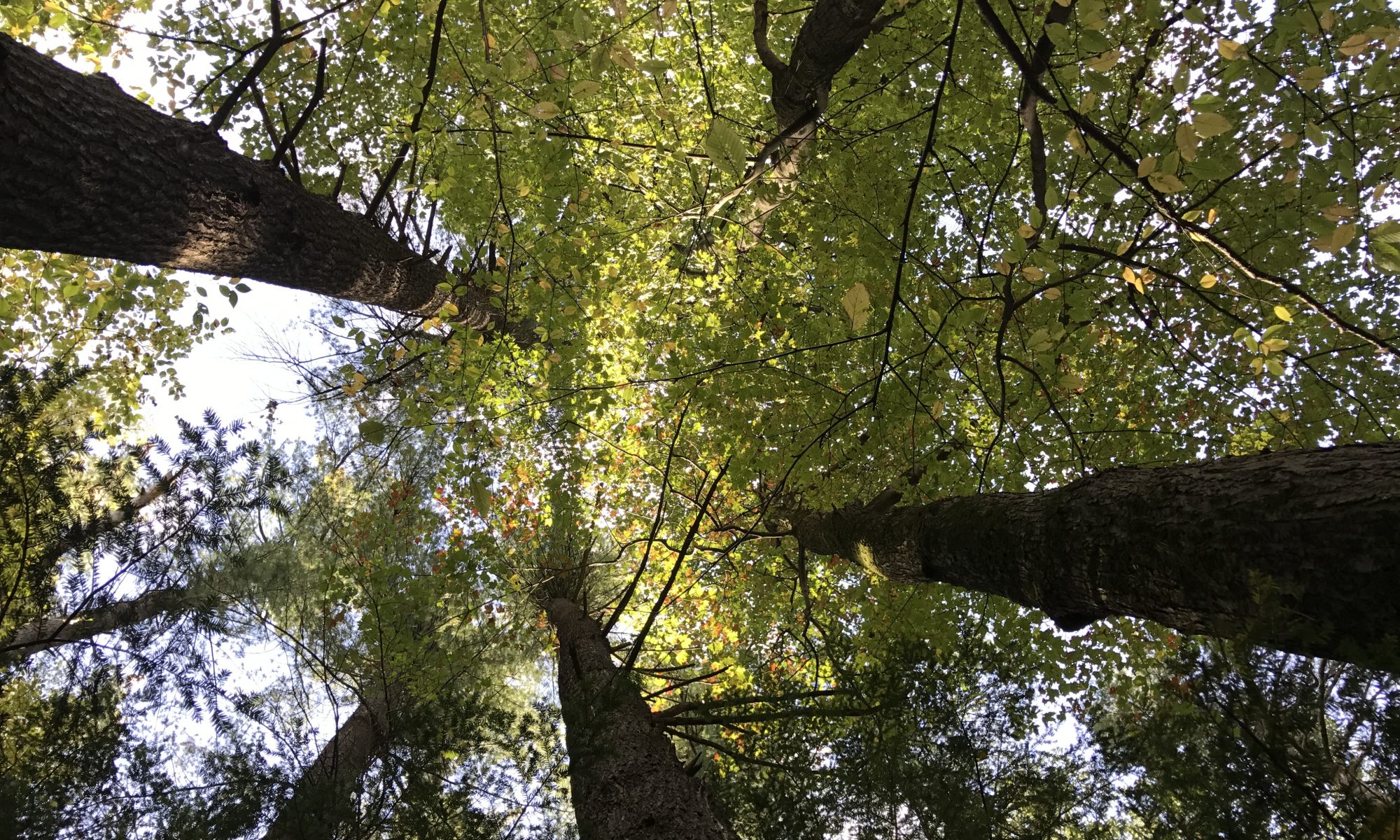According to the Wetland, Woodland, and Wildland, I would classify my place as a Hardwood Swap Natural Community, and more specifically a Red Maple- Northern White Cedar Swap. I think this would most accurately describe my place because when walking in and around my spot, I not only noticed a lot of hardwoods, but also a lot of red maples and a few cedars. What helped me identify my natural community was the fact that my spot was definitely a forested wetland, and that surrounding and within my spot are mostly hardwoods, not shrubs or softwoods.
It has warmed up a little since the last time I visited my site, so a bit of the snow has melted, but as of right now it is flurrying and we are supposed to get another huge snowstorm soon. The river has melted a little so there are more signs of life, however I have not heard any birds yet except for the occasional crow or seagull flying overhead which is very odd. I have also not seen too many tracks mostly because of the melting snow or human and dogs tracks covering them. Overall not too many phenological changes have occurred at my place since my last visit.
Using the BioFinder, I discovered that in parts of my place and around my location in Centennial Woods, there are spots that are the Highest Priority on the Community and Species Scale and the Landscape Scale from the Vermont Conservation Design. There were also a bunch of other things within Centennial like Class 1 and Class 2 Wetlands and Highest Priority Wildlife Crossings. There were also other Community and Species Scale and Landscape Scale Components including: Rare Animal Species, Rare Natural Communities (Wetland and Upland), Riparian Wildlife Connectivity, Highest Priority Surface Water and Riparian Areas, Priority Interior Forest Blocks, and Representative and Responsibility Physical Landscapes.
